An Overnight Economic Success Story
The NAR economist weighs wide-raging indicators and their importance for the commercial real estate sector.
By George Ratiu
There is a saying, attributed to various authors, that most overnight success stories tend to happen over a ten-year time span. Similarly, the current United State economy seems like such an overnight success, ten years in the making. Moreover, assuming no unforeseen shocks impact gross domestic product over the next 10 months, we are likely to experience the longest economic expansion on record (at least going back to the mid-1800s).
Economic Activity
By most measures, economic activity has notched a solid decade, and 2018 has been a continuation of the trend. Several factors have added wind in the economic sails, including much-needed corporate tax reform, rising employment and wages, along with a measured monetary policy.
Gross domestic product registered a 2.2 percent advance in the first quarter, followed by an upwardly-revised 4.2 percent annual rate increase in the second quarter. The positive direction of most GDP components underscored a broad-based expansionary trend. With higher wages and credit, consumers opened their wallets wider for cars and trucks, furniture and appliances, recreational vehicles, as well as lodging and restaurant meals.
With solid consumer demand, corporations upped their spending, leading to annual rate gains in nonresidential fixed investment of 11.5 percent in the first quarter and 7.4 percent in the second quarter, respectively. Commercial buildings were noticeable beneficiaries of additional funds, with investments in structures rising over 13.0 percent in both quarters. Business investments in equipment and intellectual property products also indicated rising corporate optimism.
U.S. companies raised vocal concerns when the White House announced tariffs on import goods from several trade partners, including China, Canada and Mexico. In addition, with renegotiations of the North American Free Trade Agreement reaching a more strident tone, there were worries about a prolonged impact on trade. By the midpoint of the year the effect was muted. Exports accelerated from an annual rate gain of 3.6 percent in the first quarter, to 9.3 percent in the second. Not surprisingly, imports, which offer a negative contribution to GDP, moderated to a 0.5 percent gain.
Government spending, the other major GDP contributor, picked up speed over the first six month of the year, boosted by federal defense spending. At the federal level, defense spending rose at an annual rate of 5.5 percent in the second quarter, outpacing the more moderate 0.6 percent gain in nondefense consumption. At the state and local levels, governments also upped their spending, to the tune of 1.4 percent in the second quarter.
Employment Tempo
With economic activity in full swing, companies maintained their hiring tempo. Since 2010, employers added an average of 2.2 million net new jobs to payrolls each year. Based on the pace of the first six months of 2018, and adding the July and August figures, payroll employment is projected to close the year with an additional 2.5 million jobs. Just as importantly, the employment gains have been broad-based across industries, including manufacturing, construction, professional services, health care and hospitality.
In tandem with employment gains, the unemployment rate declined from 4.1 percent in January 2018 to 3.9 percent as of August of this year. While the unemployment figure declined, the labor force participation rate remained flat, despite slight monthly fluctuations, at 62.7 percent.
Wages marked a much-anticipated acceleration over the first eight months of the year, posting a 2.9 percent year-over-year gain as of August. While providing good news for employed consumers, the wage gains also suggested increasing inflationary pressures. The Consumer Price Index matched the wage advance, with a similar increase, based on Labor Department data.
The Fed’s Firm Hand
With one eye on employment dynamics and the other on inflation, the Federal Reserve has been firm in its approach to monetary policy. The Fed’s forward guidance has indicated continued monetary tightening. In the wake of three short-term interest hikes from 2017, the Fed increased the interest rate twice in the first eight months of 2018, at the March and June meetings of the Open Market Committee.
Against the backdrop of solid increases in short-term rates, which reached the 2.0-2.5 percent window, longer-termed interest rates posted more modest gains. The 10-year Treasury rising from about 2.5 percent in January to approximately 2.9 percent by the end of August of this year.
With global banks continuing to take an accommodative monetary stance—in contrast with the US Fed—long-term rates have been experiencing increasing downward pressures. The convergence between short and long-term rates has led to a flattening of the yield curve, and an increasing concern about a possible inversion. With history as a guide, an inverted yield curve has signaled an approaching economic recession in past cycles with a high degree of accuracy.
Outlook
The economy seems to have finally hit its stride in 2018. While bond markets are flashing caution signs, equity markets remain bullish. Driven by solid earnings in the tech sector, stocks moved higher through the year, and two companies crossed the $1 trillion valuation mark—Apple followed by Amazon. With consumer and business optimism fueling economic activity, the outlook remains positive for the remainder of the year and into 2019.
However, harking back to history, it is worth remembering that the third quarter of the year tends to serve as a stage for market corrections. In addition, while additional tariffs and hardball NAFTA negotiations may score short-term gains, a prolonged trade war may provide a recessionary spark in the long run.



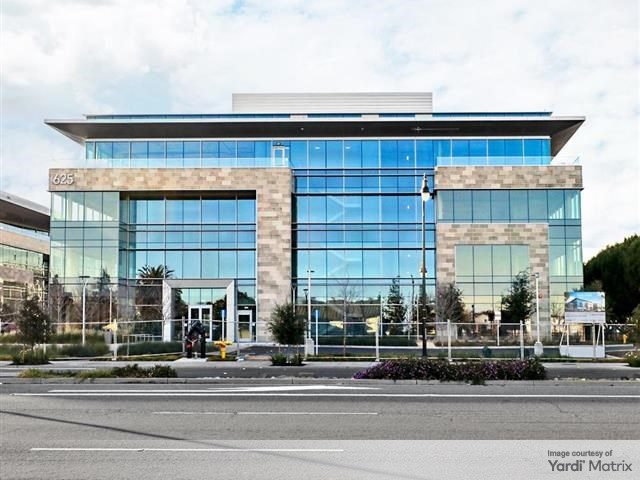
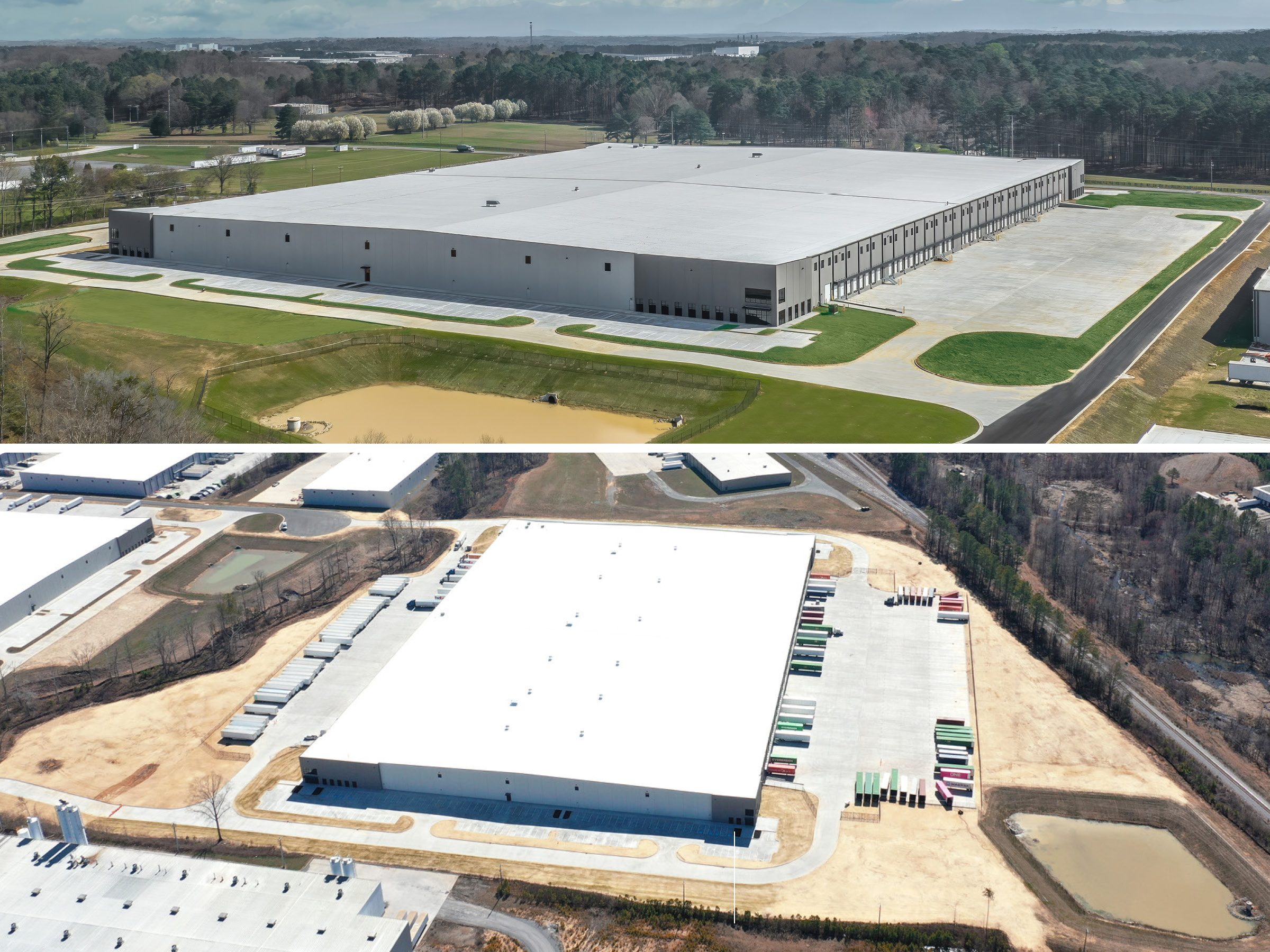
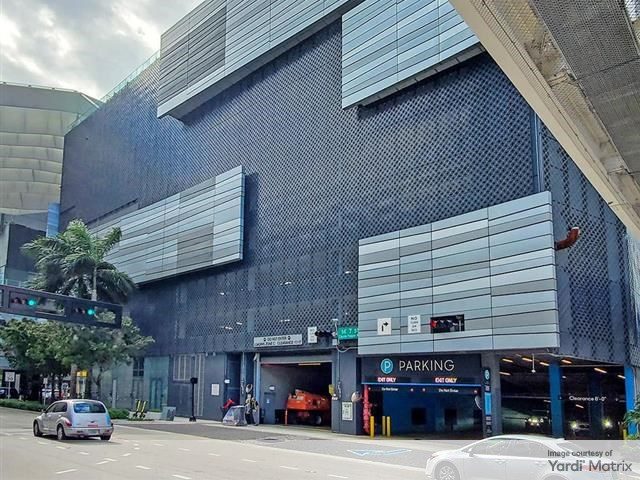
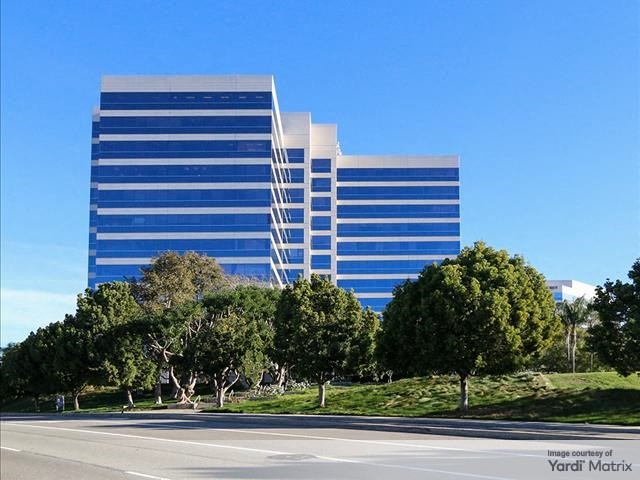
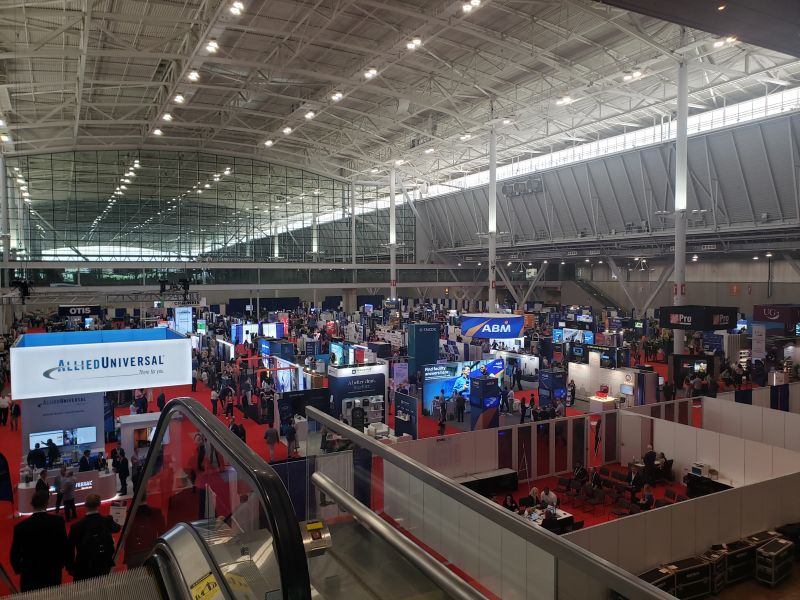

You must be logged in to post a comment.